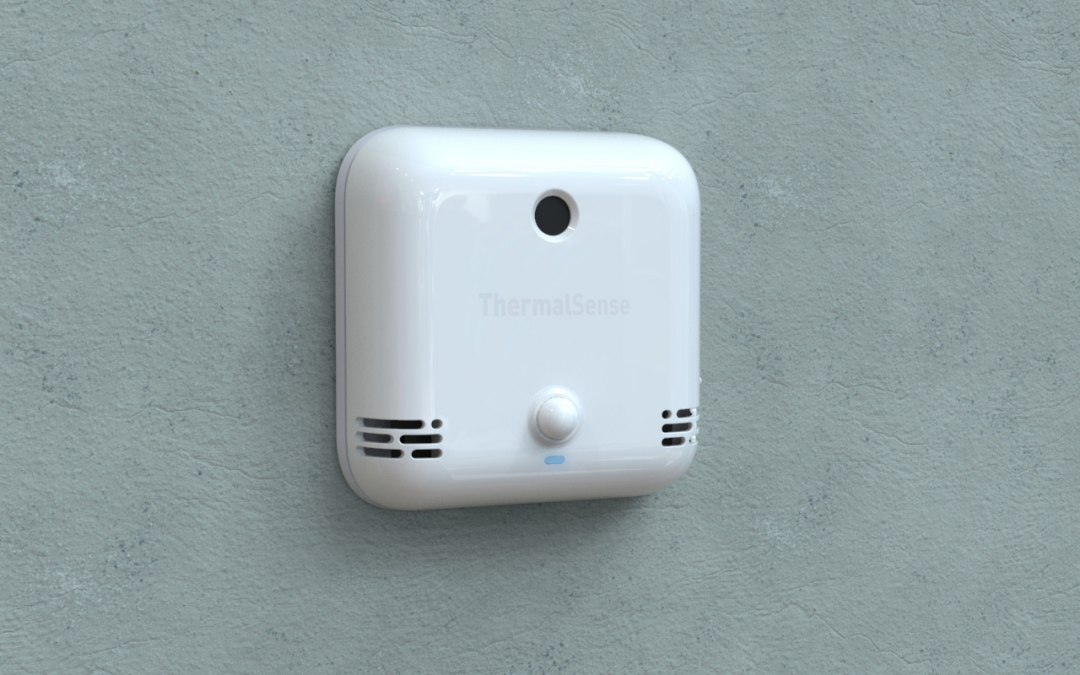There can be no denying that the world of business revolves around data analysis; discovering patterns in market trends and spending, looking for ways to cater to the needs of the consumers as well creating and evaluating the best marketing strategies are just a few examples of scenarios where analytics plays a major role. It can help a business thrive in today’s extremely competitive economy.
The nature of analytics is such that it requires the most advanced software and computer systems so that the power of data analysis can be harnessed. The efficacy of the software, coupled with the rapid results, extends constant opportunities for growth and evolution to businesses –even allowing productivity to spike up. There have been many systems developed to aid workplace analytics, including one by ProSpace.
How would digitized workplace analytics work?
Workplace analytics entails the use of battery-operated sensors that are installed all around the office. You can deploy them in meeting rooms, near workstations, and even collaboration areas. Their purpose is to accumulate data through a complex algorithm and present it to users. You can log into the system directly to view this data; however, because these sensors work with the internet as well, the data can be easily shared and viewed, by employees and consumers, through the cloud.

What can digitized workplace analytics do?
- Space Utilization
The software has been designed to optimize the workplace. Workplace analytics will ensure that the employee workstation experience remains positive, space reallocation is efficient and meeting/conference room reports are used to optimize productivity as a whole. This allows for a stress free, organized and conducive environment is created in all locations of a business. - Trends and Behavior Analysis
Workplace analytics can even forecast and establish patterns that exist in the market; changes in trends, tastes, needs and wants. This can give companies the vital information they need to tweak products and services according to their target market. It even aids marketing and promotional campaigns. - Portfolio Analysis
It would also allow for a detailed, regional and even global analysis of company portfolio. This would entail a review of your company objectives, hardships and production methods. This level of data analysis can ensure that businesses are always making informed decisions that serve to their benefit. - Benchmarking
Benchmarking is an advantage that would help relay your standing in the economy and allow you to create strategies and adjust accordingly. You would know where you stand in your specific industry, who your competitors are and would give you ways through which you can climb the hierarchy.
What are the benefits of workplace analytics?
The wireless sensors, the back backbone of workplace analytics, are not only easy to install but cost-efficient as well. It’s a short-term investment for a software that is user-friendly. The sensors are connected to independent networks which means that they do not interfere with company processes. Thus, they increase business productivity by optimizing the work of employees through increasing their utilization.
It is also important to understand that this data collection does not come at the
cost of employees’ privacy. The system works in accordance to Singapore’s PDPA
Regulations and is, thus, not intrusive.
Learn more on how ProSpace is helping organizations globally to increase employee and business productivity. Connect with us to schedule a demo.









